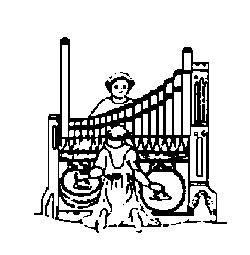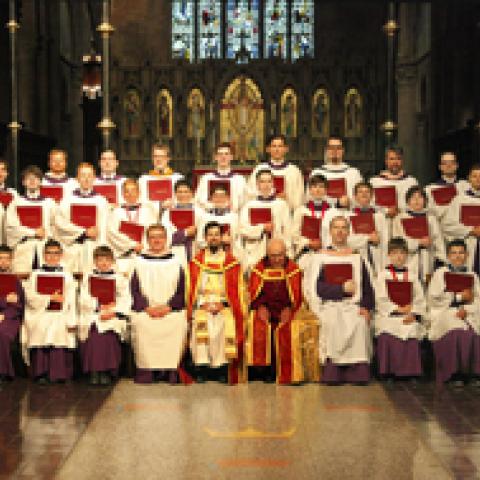
Christ Church Cathedral (CCC) will present a performance of Handel’s Messiah, Part Two for Lent on Sunday, March 25 at 4:30 p.m. at the Cathedral on Monument Circle.
The Combined Choirs of Christ Church Cathedral and soloists join the Indianapolis Baroque Orchestra for this Lenten performance of Handel's Messiah, Part Two. The performance will feature Jessica Beebe, soprano; Daniel Bubeck and Andrew Rader, countertenors; Steven Stolen, tenor; Joshua Conyers, baritone.
Tickets will be sold at the door and range from $10 to $25.
“This is Indianapolis’s only “historically-informed” performance of Messiah. It features period instruments modeled on those in use during Handel’s lifetime, along with vocal forces that closely parallel in number those used by the composer at London’s Foundling Hospital in the early 1750s. I always find it interesting that Messiah firstgrew in popularity because proceeds went directly to a renowned children’s hospital,” says Dr. Dana Marsh, the Cathedral’s Music Director.
The Cathedral has had a long tradition of bringing quality music to Indianapolis with world-touring choirs, The Cathedral Choir of Men and Boys and the Cathedral Girls’ Choir. The choirs are under the direction of Dr. Dana Marsh, the Cathedral’s Director of Music.
For more information about the Cathedral, its programs, or the Choirs, please call the Cathedral office at (317) 636-4577.



